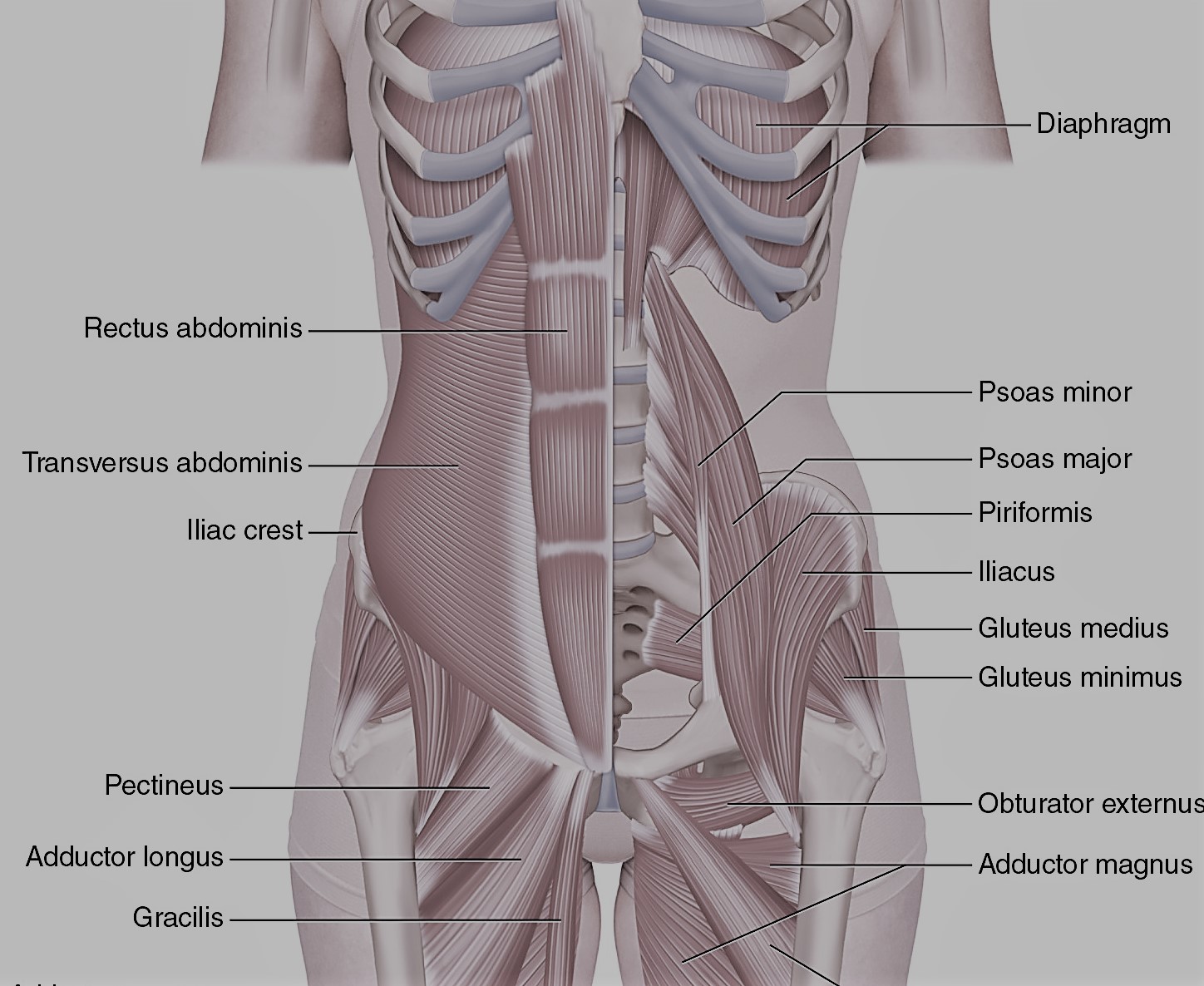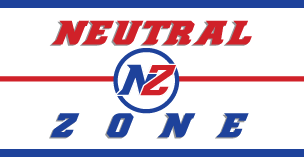Muscle Strains
Dr. Abene is a board certified Orthopaedic Surgeon. He did his Sports Medicine Fellowship at Stanford where he worked directly with the head team physicians for the San Francisco 49ers and Giants. He is currently the head team physician for the San Jose Sharks AHL affiliate, the San Jose Barracuda. He is also a volunteer team physician for USA Hockey.
What is a strain?
Basically, a muscle is strained when it is stretched too far. The injury normally occurs when a muscle is stretched during a contraction. What happens is that the muscle wants to pull in one direction (say the hamstring which wants to bend the knee) and another opposing force pulls in the opposite direction (the knee being forced into extension). This opposing force (if it is strong enough) can cause the muscle fibers to stretch and even tear. Minor injuries involve microscopic tearing. More severe ones can rupture the muscle belly or pull a muscle off its attachment to bone. Most “pulls” (another name for a strain) involve some bruising/bleeding and some swelling. There can also be a feeling of tightness and spasm. These injuries can hurt a lot.
What type of injuries are they?
The generic terms hamstring, groin, and abdomen are lay terms for injuries to specific muscles or groups of muscles. Groin injuries, for example, involve the adductors. The adductors are a group of 6 muscles whose job it is to pull the leg toward the center of the body. This is very important for ice hockey with pushing the leg, especially for goalies. The hamstrings consist of 3 muscles that flex the knee. These are important for skating and even more important for players who rely on quick bursts of speed.
How are these injuries treated?
The principle of RICE applies here: Rest, Ice, Compression, and Elevation. These modalities are aimed at controlling bleeding and decreasing inflammation. Sometimes, however, too much rest can be detrimental. Then the waiting game begins. A minor strain, say of the hamstrings, usually results in 2-3 weeks of rehabilitation. More severe injuries can take longer. Early return can result in a repeat strain and a vicious cycle that makes each injury occur more easily. Surgery is rarely done and usually only done when the tendon rips off the bone.
What’s the bottom line?
The recovery period is variable and differs from individual to individual. Whenever someone tells you that a player may be out 2-8 weeks, it means they have no idea. Pain is the best guide. Once a player no longer has pain, they can begin a graduated return to play which involves a progression from jogging to skating. These injuries are often the most frustrating ones for players/coaches/fans as the recovery is often difficult to predict.






